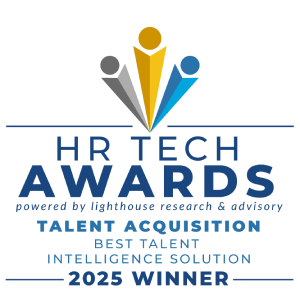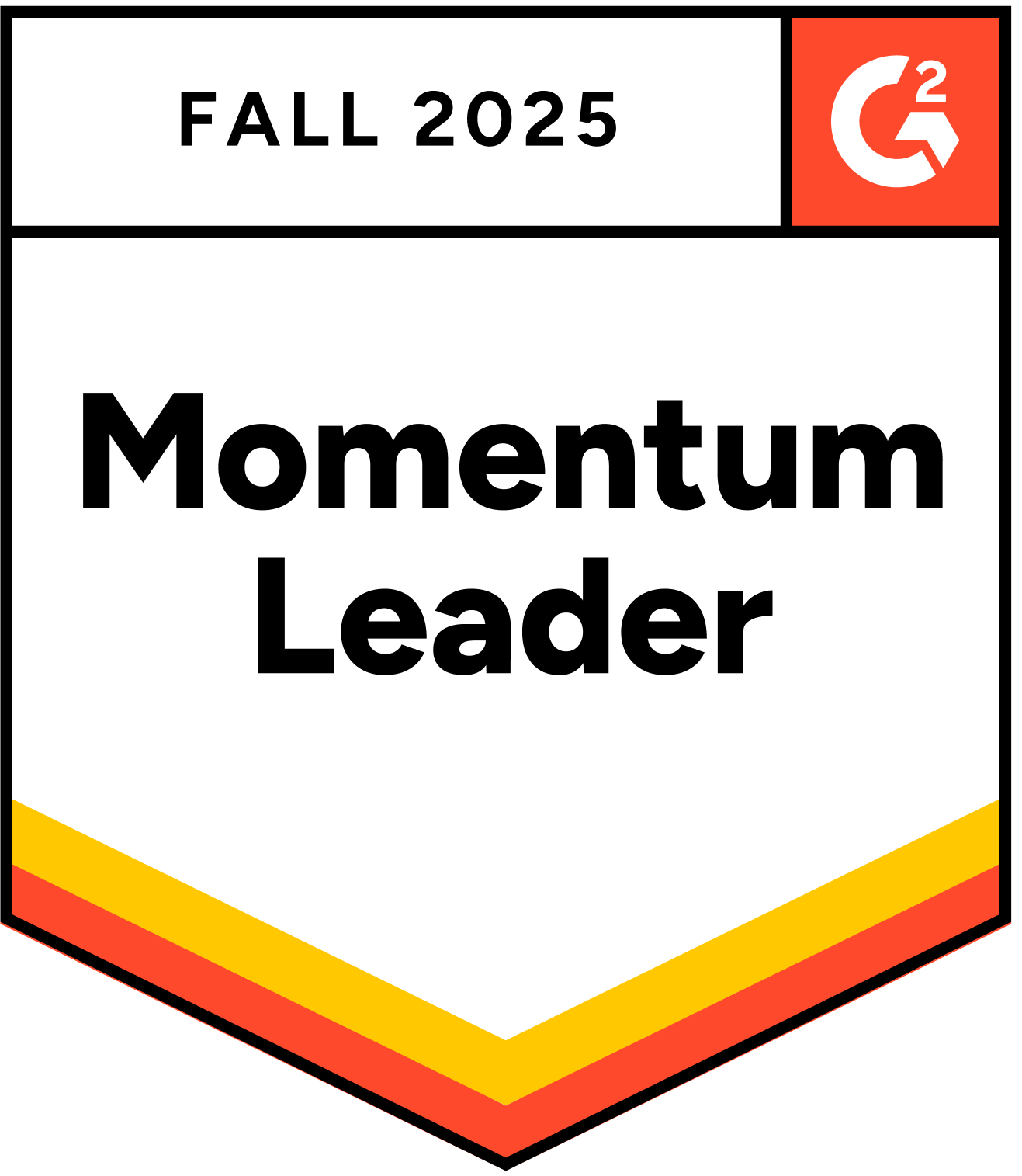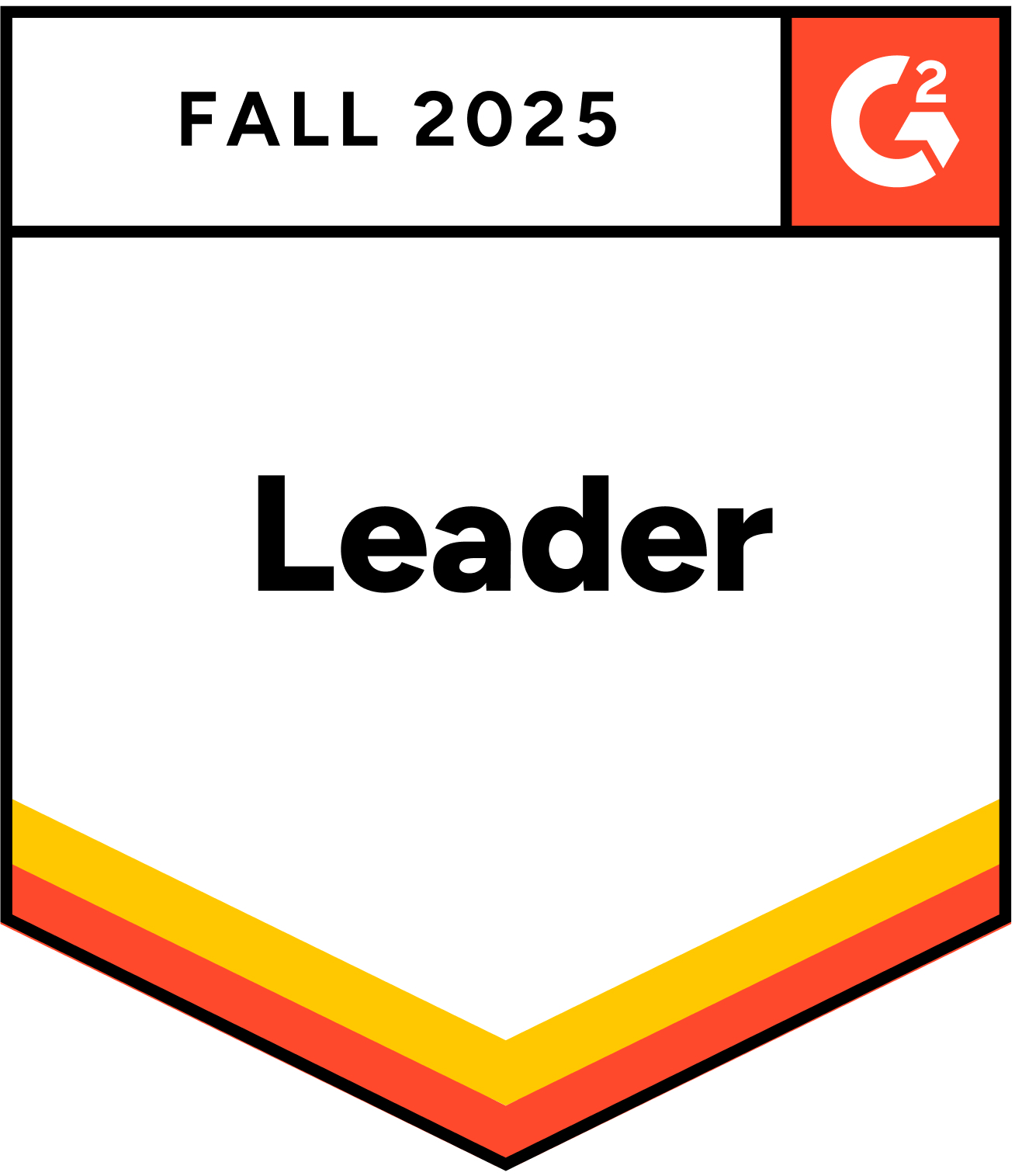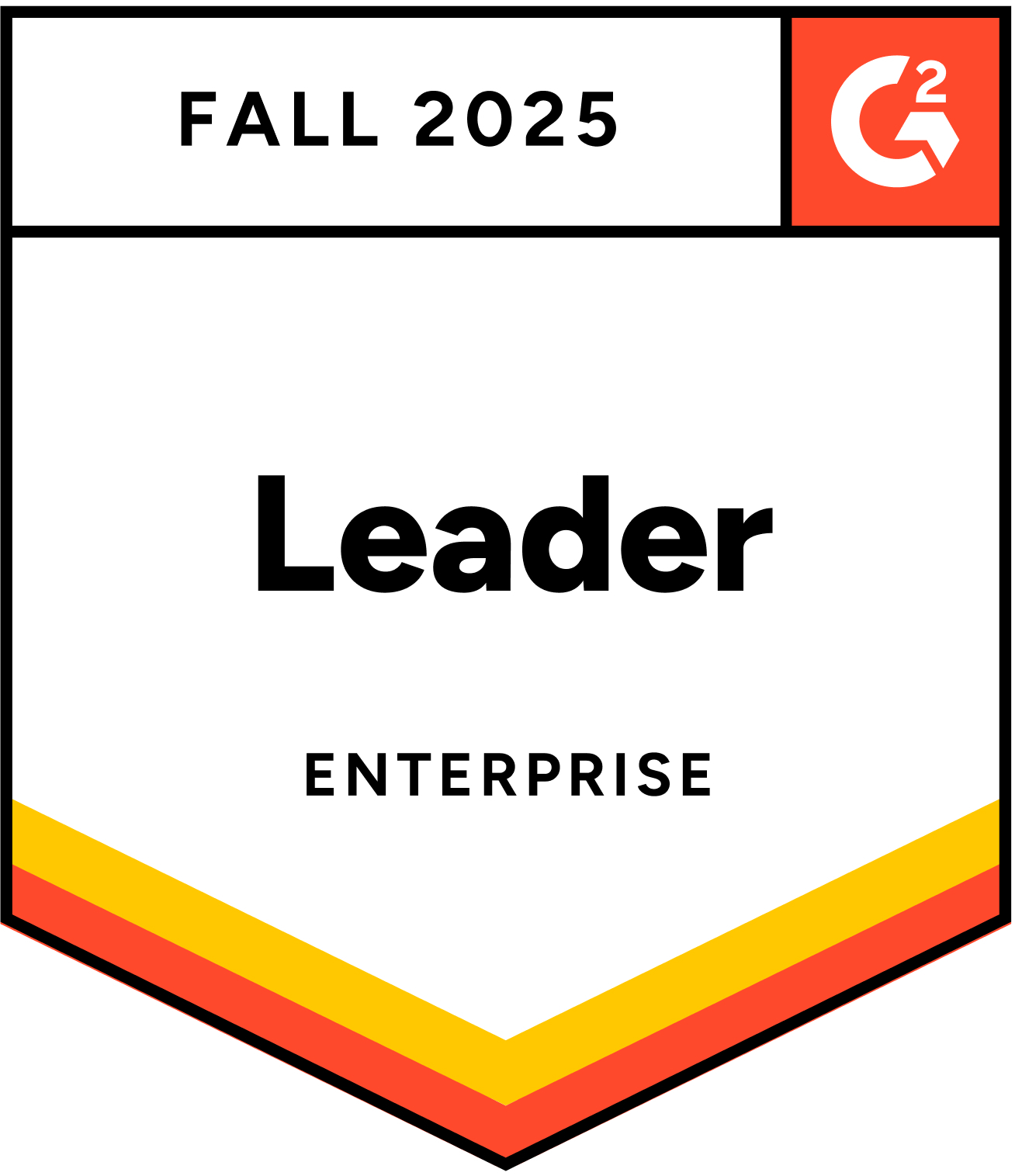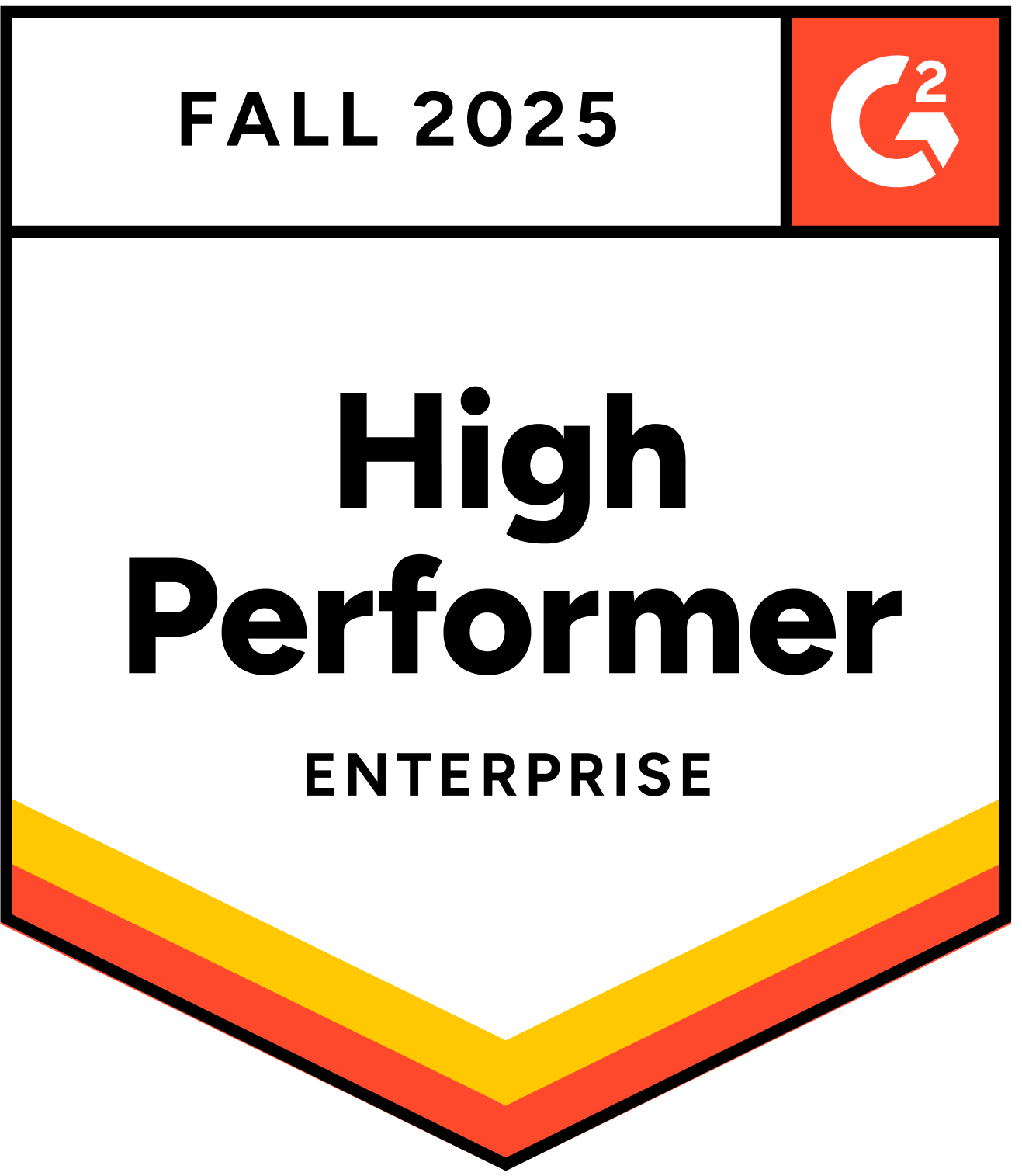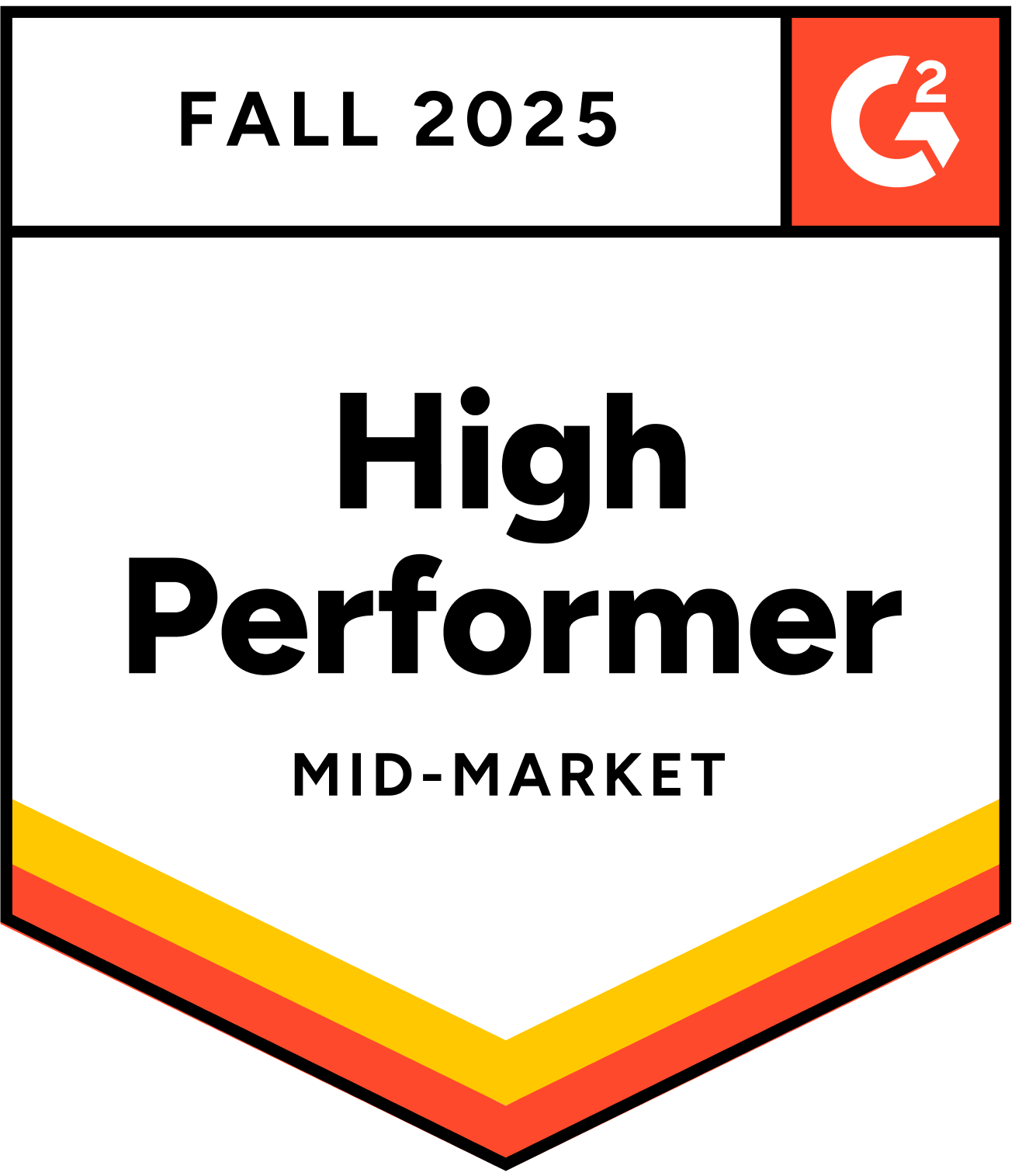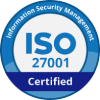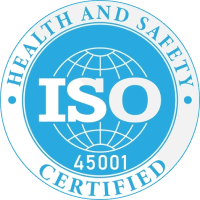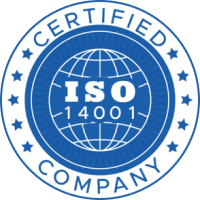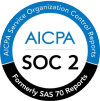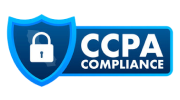AI is rearranging work at the task level. Most roles haven’t changed their purpose – companies still need people to serve customers, ship products, and care for patients. What’s changing is the mix of tasks inside those roles.
Smart leaders have stopped asking “Which jobs are going away?” They’re asking something more useful: “Which tasks can machines handle, and what should humans focus on instead?”
Why Does Hiring Feel Slower if Jobs Aren’t Vanishing?
- Two forces are moving at once and often get confused: Structural experimentation. Meanwhile, teams are testing AI in production, learning where it actually improves their work.
- Cyclical caution. Companies turned conservative when economic uncertainty hit. They paused entry-level hiring first while sorting out budgets and skill requirements.
When these run in parallel, it can look like “AI is taking jobs.” Often, organizations are simply buying time to redesign roles before they hire again. As David Garrett, Joveo’s labor market economist, observes: “Most of the shifts we’re seeing are cyclical – driven by inflation and uncertainty. The long-term structural impacts of AI will unfold over the next decade, not the next quarter.”
Where Is Pressure Highest and Where Is It Not?
High pressure lands on early-career, language-heavy, and standardized tasks. Since ChatGPT’s launch in late 2022, employment for 22- to 25-year-olds has dropped 16%. Drafting, summarizing, first-line support, basic code or routine content creation – these are the test beds. That’s also where you see entry-level compression most clearly.
Roles that blend judgment with human touch (nurses, physical therapists, physicians) and skilled trades requiring dexterity and on-site problem-solving (electricians, plumbers, HVAC) face less pressure. You can’t automate work that changes with every patient or every leaky pipe.
The pattern is not “white-collar vs. blue-collar.” It’s standardized tasks vs. messy, human contexts. Joveo analyzed 50 million US job postings from January 2023 through December 2024 and found 12% have high AI exposure, 77% medium, and 10% low.
The 40 administrative jobs flagged as most susceptible – translators, writers, and customer service reps at the top – share a common trait: repetitive, language-heavy work. The White House Council of Economic Advisors confirms about 10% of all US workers sit in these highly susceptible roles.
If AI Isn’t the Villain or the Hero, What Should Leaders Actually Do?
Start from job architecture, not tools. Break down each role.
First, list the ten things a role does most weeks. Then label each task: automate, augment, or human-only – based on evidence, not hype. Finally, rebuild the role around the new mix: purpose, KPIs, handoffs, and tools.
A pattern emerges when you do this: job titles stay the same but the work shifts. Customer service still resolves issues but tier-one triage moves to AI; humans handle exceptions and empathy. Engineering still ships features but boilerplate and QA speed up; humans focus on design and edge cases.
Who Should Own This and Why HR Is Suddenly Center Stage
AI programs don’t create value by themselves – they need operating models that actually work. Elin Thomasian, senior VP at TalentNeuron and former head of talent acquisition at Goldman Sachs, has seen this firsthand:
“AI tools are most effective when they augment your job architecture. Clients use our platform to see what percentage of a role will be automated, which specific tasks are affected, and what technologies replace them. That triggers role redesign.”
HR becomes central because it owns how work gets done – the roles, skills, and organizational structure. HR works with Finance to set headcount and productivity targets. With IT, they establish which tools to use and how to protect data. With business units, they manage the human side of change so new workflows actually stick.
You might see new titles (Chief AI Officers taking on workforce transformation), but the job is familiar: make change human, measurable, and durable.
How Do You Go From Redesign on Paper to Adoption in Real Life?
Most AI “failures” are not model failures. They’re adoption failures. Treat AI like onboarding a new teammate:
- Define the job. Which tasks the AI owns; which it only drafts; which it must never touch.
- Set the guardrails. Sources of truth, QA steps, escalation paths.
- Close the loop. Capture user edits and outcomes so the workflow – and the model prompt – improves over time.
The winner isn’t the flashiest tool. It’s the workflow that learns.
Will AI Create a “Jobless Recovery” for Knowledge Workers?
Maybe in some sectors. That’s what worries David Garrett: “Economic growth could continue or pick up, but employment for knowledge workers stays flat. Productivity rises without a matching rise in headcount.”
The practical response isn’t panic; it’s building skills quickly and shifting work toward what humans do best: first-time-right judgment, relationship-driven work, exception handling, and cross-functional problem solving.
What Should Talent Acquisition Change Now?
- Hire for tool fluency, not just pedigree. Prioritize candidates who can work with AI: verify outputs, write clear prompts, and improve a process.
- Assess with outputs. Use work samples and job auditions where candidates solve real tasks – with and without AI – so you see judgment, not just speed.
- Fuel internal mobility. Move proven employees into redesigned roles with short, targeted upskilling instead of only opening new reqs.
A Simple Playbook Leaders Can Start This Quarter
How do we redesign a role without breaking the business?
- Anchor on outcomes. What value does this role produce for customers or the business?
- Map the work. Top tasks, frequency, time spent, risk if wrong.
- Decide the split. Automate/Augment/Human-only – and why.
- Choose the tools. Tie each automatable task to a specific app or model and a clear QA step.
- Rewrite the role. Update purpose, KPIs, handoffs, and the daily workflow.
- Upskill fast. Short, hands-on training built into the first 30–60 days.
- Measure lift. Track cycle time, quality/defect rate, cost per output, adoption, and time shifted to higher-value work.
What metrics prove AI is helping (and safe)?
- Cycle time per task (before/after)
- Defect or rework rate (human review)
- Cost per output unit
- Adoption rate (active users vs. licenses)
- Time reallocated to higher-value work
- Employee NPS/engagement post-change
Where do AI projects usually stumble?
- Over-automating ambiguity. If inputs are messy or stakes are high, keep a human in the loop.
- Islands of automation. Automating one step without fixing upstream/downstream handoffs just moves the bottleneck.
- Tool sprawl. Ten pilots, no standards. Consolidate to a vetted, secure stack.
- Skills debt. Tools evolve weekly. Bake continuous learning into team rituals.
Twenty years ago, digital transformation succeeded when teams redesigned workflows, not when they bought software. Today’s version works the same way. Companies that pull ahead will map their work calmly, adjust the human-machine split, and help people adopt new methods.
Not “AI instead of jobs.” AI inside jobs with humans doing the parts that matter most.
FAQs
Will AI cause net job losses in 2025?
Broadly, no. Today’s slowdown is mostly cyclical caution plus targeted pilots. Larger structural effects will play out over years.
How is AI changing entry-level jobs?
Basic drafting, summarizing, and triage shift to AI. Early-career roles focus more on tool orchestration, exception handling, and business context.
Which roles are most exposed to job automation?
Tasks in admin, translation, first-line customer support, and repetitive drafting. Exposure rises with standardization and language-heavy work.
Which roles are least exposed?
Healthcare roles requiring in-person care and medical judgment, and skilled trades (electricians, plumbers, HVAC) that rely on dexterity and on-site problem solving.
What skills should workers build now?
AI tool fluency, data hygiene and QA, process thinking, collaborative problem solving, and domain judgment.
How can leaders measure AI’s effect on employment and performance?
Track task-level metrics (cycle time, quality, cost), adoption, and time reallocated to higher-value work. Tie results back to a documented role redesign.

